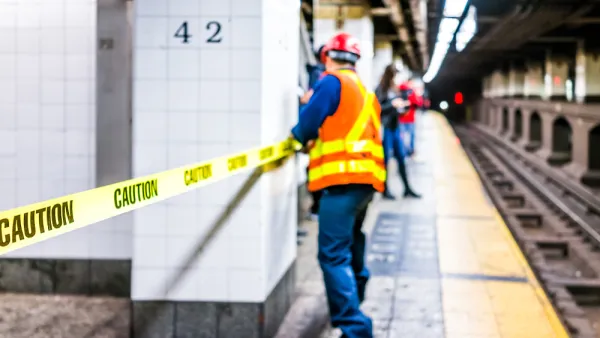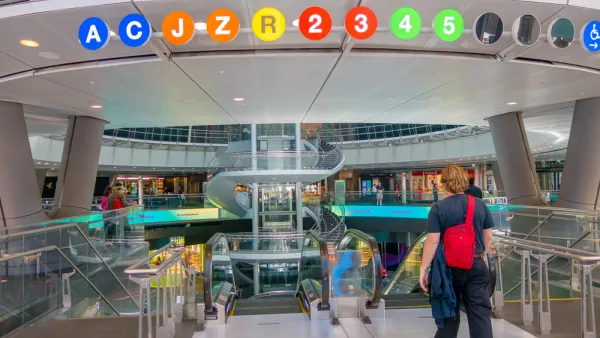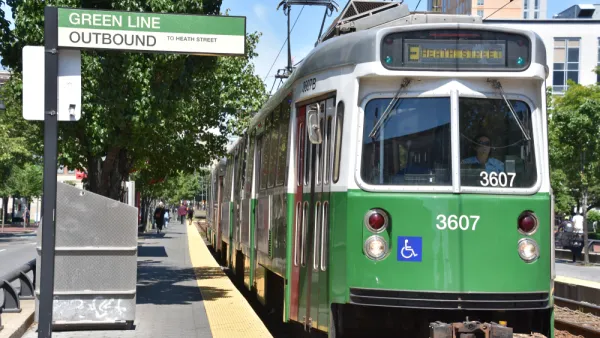The first case study by the Transit Costs Project at New York University's Marron Institute offers a long awaited, and long necessary, glimpse into the bloated costs of construction in the United States.
"Why are American rail projects so costly? The initial results of an ambitious project by three researchers at New York University’s Marron Institute suggest one culprit hiding in plain sight: pointlessly fancy train stations," writes Connor Harris.
The Marron Institute team includes Alon Levy, who spurred some of the first widespread attention to the high costs of transit construction in the United States on the blog Pedestrian Observations before attracting attention from the mainstream media.
Until studies by the Marron Institute and the Eno Center for Transportation, there was a lack of scientistic information about transit spending in the United States.
As detailed by Harris, the team at Marron Institute's first case study focused on the Green Line Extension (GLX) built by the Massachusetts Bay Transportation Authority (MBTA).
"In principle, GLX is simple," writes Harris. "It extends an existing light-rail line 4.3 miles into Boston’s inner suburbs, mostly in a trench that already holds commuter rail tracks. But GLX’s costs ballooned after planning began in 2006, reaching $3 billion in 2015—more expensive per mile than most subways."
As for why the cost for the project ballooned so quickly and so completely, the researchers identified bells and whistles on the line’s seven stations as the source of much of the bloat.
FULL STORY: Why Is American Rail So Costly?

Analysis: Cybertruck Fatality Rate Far Exceeds That of Ford Pinto
The Tesla Cybertruck was recalled seven times last year.

National Parks Layoffs Will Cause Communities to Lose Billions
Thousands of essential park workers were laid off this week, just before the busy spring break season.

Retro-silient?: America’s First “Eco-burb,” The Woodlands Turns 50
A master-planned community north of Houston offers lessons on green infrastructure and resilient design, but falls short of its founder’s lofty affordability and walkability goals.

Test News Post 1
This is a summary

Analysis: Cybertruck Fatality Rate Far Exceeds That of Ford Pinto
The Tesla Cybertruck was recalled seven times last year.

Test News Headline 46
Test for the image on the front page.
Urban Design for Planners 1: Software Tools
This six-course series explores essential urban design concepts using open source software and equips planners with the tools they need to participate fully in the urban design process.
Planning for Universal Design
Learn the tools for implementing Universal Design in planning regulations.
EMC Planning Group, Inc.
Planetizen
Planetizen
Mpact (formerly Rail~Volution)
Great Falls Development Authority, Inc.
HUDs Office of Policy Development and Research
NYU Wagner Graduate School of Public Service




























